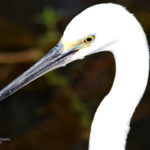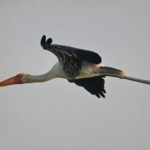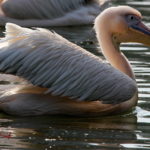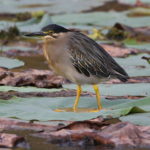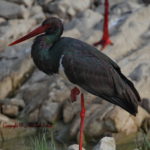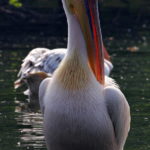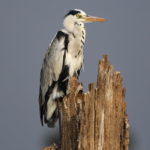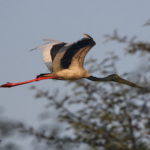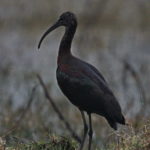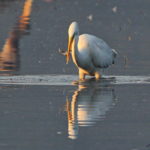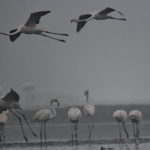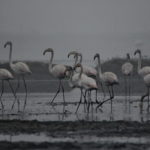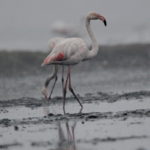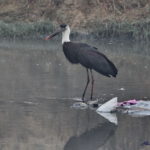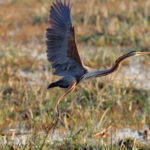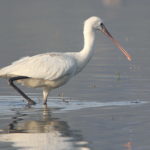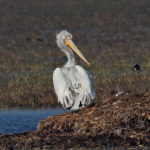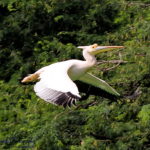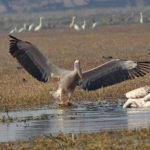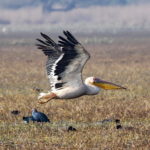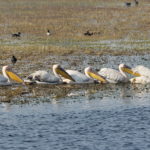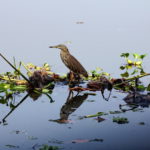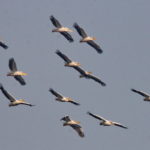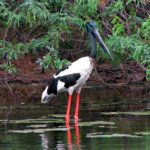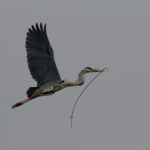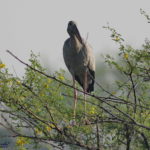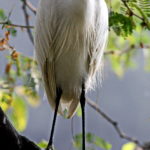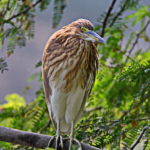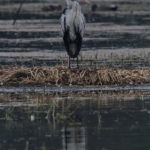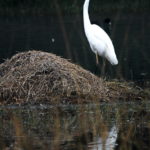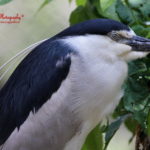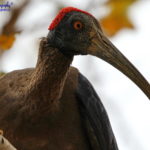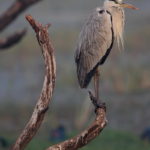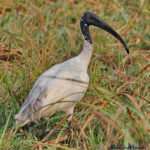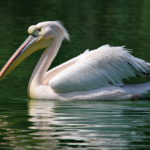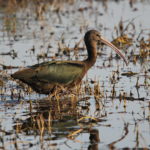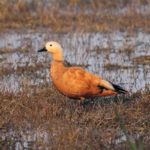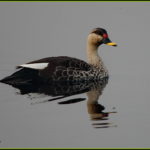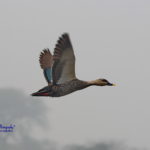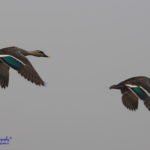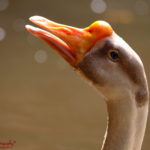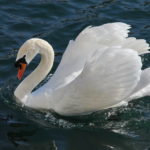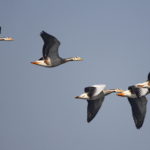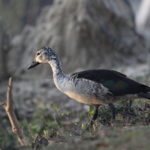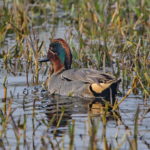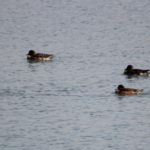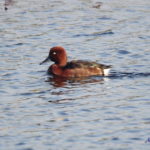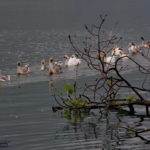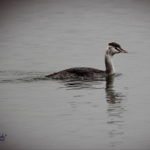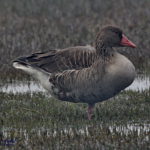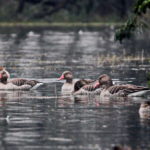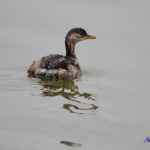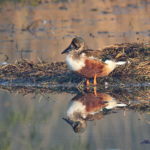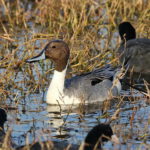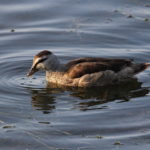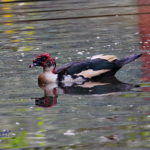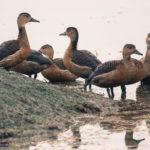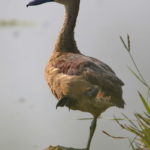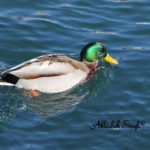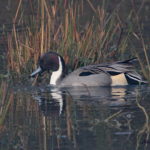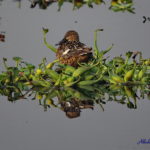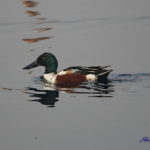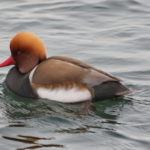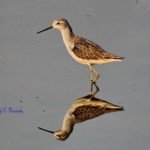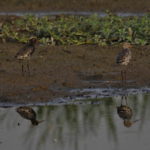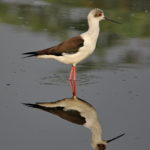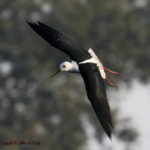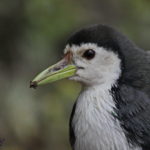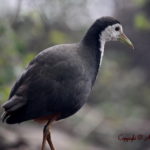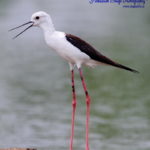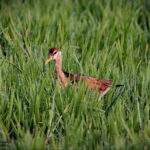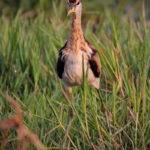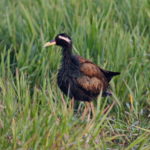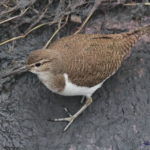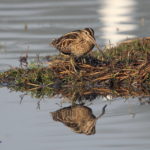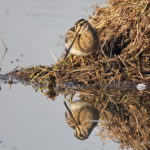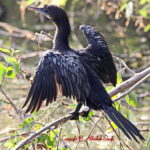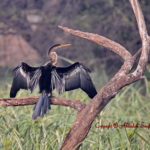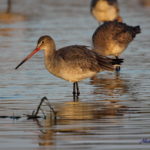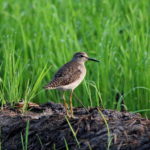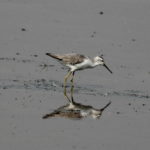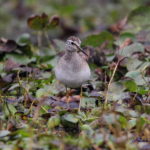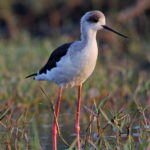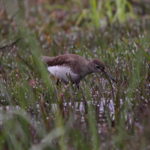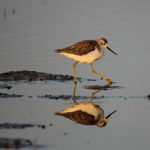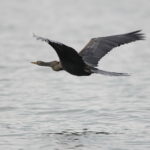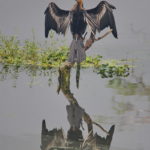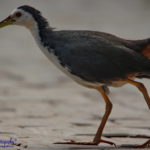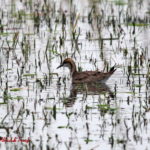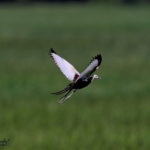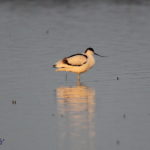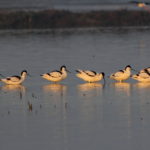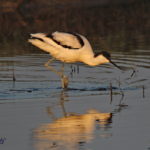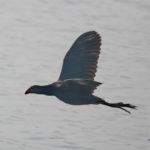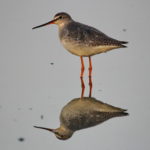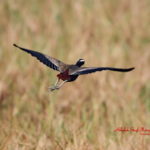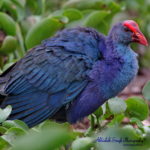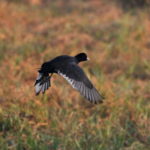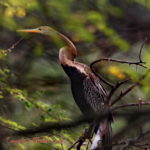These are large birds and can easily be spotted around wetlands of India and mostly the habitat is similar for each one of them.
Stork : Out of 6 types Storks, Oriental and White Storks are rare.
Flamingo : They are mostly same in appearance but are categorized as Lesser and Greater Flamingos with difference in size and colour of beak
Egret : 6 variety with difference in size, Cattle Egret is smallest and Great Egret is biggest among them. Western and Pacific Reef Egrets are slightly different in colour during breeding season and are found in coastal lines.
Pelican : There are 3 variety of Pelicans found [ Great white, Dalmation and Spot-Billed ]. Great White Pelicans are found Gujrat, Rajasthan, Haryana and other staggered parts of India and is most common of Pelicans. Dalmation pelican often are found with the group of Great White but Spot-Billed are difficult to spot.
Heron / Bittern: Similar to Egrets but their 11 variety can be separated in two categories where few are large in size [Grey and Purple Heron] are most common and can easily be spotted and rest are smaller in size [Little, Pond and Night Herons are the common ones] Bitterns are similar to these small herons and are rather not so common, but are always found with the group of smaller herons.
Ibis : 2 varieties out of 3 are mostly similar [ Black and Glossy Ibis ] whereas Black headed Ibis has got white body except for the neck and head.
Openbill : Very similar to White Stork and the unique gap between its upper and lower beak separates them from other storks.
Spoonbill : Spoonbills, as the name suggests, they have a spoon like beak.
Adjutant : Their broad long beak separates them from other Storks and also the Greater Adjutants have gular pouch and are absent in Lessers.
ALBUM (Click on anyone of them to view)
- Great Egret
- Painted Stork
- Great White Pelican
- Little Heron
- Black Stork
- Great White Pelican
- Wooly Necked Stork
- Grey Heron
- Black Necked Stork
- Black Ibis
- Great Egret Fishing
- Spoonbill
- Flamingos
- Flamingos
- Flamingo
- Wooly necked Stork
- Flamingos
- Purple Heron
- Spoonbill
- Dalmatian Pelican
- Pelican in flight
- Pelican in flight
- Pelican wingspan
- Pelican in flight
- Pelicans
- Pond Heron
- Pelicans
- Great Egret
- Black Necked Stork
- Painted Stork
- Asian Openbill
- Little Egret
- Pond Heron
- Grey Heron
- Great Egret
- Night Heron
- Purple Heron
- Black necked Ibis
- Black Ibis
- Grey Heron
- Black necked Ibis
- Pelican
- Glossy Ibis
Duck as commonly called is a family of several species in their family including swans, teal, pochards, geese etc. Ducks are medium sized aquatic birds, except swans and geese who are relatively bigger in size. All may be found in fresh water and sometimes in sea water as well.
Names in this category as a family [ Duck, Gadwall, Garganey, Goldeneye, Goose, Grebe, Mallard, Merganser, Pintail, Pochard, Shoveler, Swan, Teal and Wigeon ]
Ducks feed on variety of food sources such as aquatic plants, fish, water insects, small frogs, small amphibians etc. Their feet is designed to swim and feathers to resist wetting, their flat beaks helps them in mud probing and weeding jobs. All can fly long distances and infact bar headed Goose are among high altitude flyers.
Most are migratory except for few such as Spot billed Duck and Whistling Duck; they migrate in both seasons and travel long distances.
ALBUM (Click on any to view the ambum)
- Shellduck
- Spot billed Duck
- Spot billed Duck in flight
- Spot billed Ducks flying
- Goose
- Mute Swan
- Whistling Duck
- Bar headed Goose
- Bar headed Goose
- Comb Duck
- Common Pochard
- Common Teal
- Eurasian Wigeon
- Ferruginous Pochard
- Goose..
- Great Crested Grebe
- Greylag Goose
- Greylag Goose
- Little Grebe
- Little Grebe
- Northern Shovler
- Comb Duck
- Northern Shovler
- Northern Pintail
- Lesser Whistling Duck
- Lesser Whistling Duck
- Mallard
- Teal
- Northern Shovler (Female)
- Northern Shovler (Male)
- Red Crested Pochard
Wading Birds
Wading birds are found both in fresh and saltwater throughout the world on every continent except Antarctica. They are even found in urban and suburban areas such as along ponds, man-made swamps etc because most wader species prefer wet habitats
Wading birds can be distinguished by their physical characteristics and their eating behaviors.
Most waders in this category have thin bills and defined shape depending on the types of food they consume.
In addition to physical characteristics, wading birds share a variety of behavioral traits that help identify the bird family.
ALBUM (Click any to view album)
